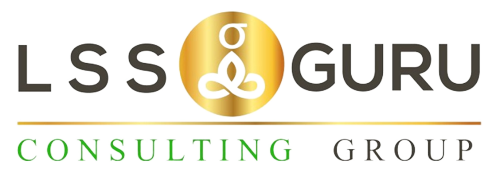Total Productive Maintenance, often abbreviated as TPM, is a comprehensive approach to equipment maintenance and production that aims to maximize machine efficiency, reduce downtime, and improve overall operational excellence. It is a key component of lean manufacturing and continuous improvement methodologies, ensuring that equipment is maintained in peak condition to meet production demands. In this article, we will delve into the fundamentals of Total Productive Maintenance and its significant role in optimizing operations.
Understanding Total Productive Maintenance (TPM)
TPM is a holistic maintenance approach that encompasses the entire organization. It focuses on keeping equipment in good working order, preventing breakdowns, and ensuring that the production process is as efficient as possible. TPM places responsibility for equipment care on all employees, making them directly involved in maintaining equipment and improving processes.
The Pillars of TPM
TPM consists of eight key pillars that guide the implementation of this methodology:
- Autonomous Maintenance: Operators are responsible for routine maintenance, such as cleaning, inspection, and minor repairs, to prevent equipment deterioration.
- Planned Maintenance: Scheduled maintenance activities are performed to identify and address potential issues before they lead to unplanned downtime.
- Focused Improvement: Cross-functional teams work on continuous improvement projects to enhance equipment and process efficiency.
- Quality Maintenance: Preventing defects and ensuring product quality by addressing equipment-related issues.
- Early Equipment Management: Involving maintenance and engineering teams in the design and procurement of equipment to ensure reliability and ease of maintenance.
- Education and Training: Providing employees with the necessary skills and knowledge to maintain and operate equipment effectively.
- Safety, Health, and Environment: Ensuring that equipment maintenance and operations are safe and environmentally responsible.
- TPM in Administration and Office Areas: Expanding the principles of TPM to non-production areas, such as administrative functions, to eliminate waste and improve efficiency.
The Benefits of TPM
- Increased Equipment Reliability: TPM reduces breakdowns and unplanned downtime, resulting in more reliable production systems.
- Improved Productivity: By reducing stoppages and delays, TPM increases equipment availability and operational productivity.
- Enhanced Quality: TPM’s focus on prevention and maintenance leads to better product quality and a decrease in defects.
- Cost Savings: Fewer breakdowns, reduced maintenance costs, and improved efficiency result in significant cost savings for organizations.
- Employee Engagement: Involving employees in equipment maintenance and continuous improvement projects increases their sense of ownership and engagement.
The TPM Implementation Process
- Orientation and Awareness: Ensure that all employees understand the principles and importance of TPM.
- Assessment: Evaluate the current state of equipment and processes, identifying areas for improvement.
- Training: Provide employees with the necessary skills and knowledge to carry out maintenance and improvement activities.
- Autonomous Maintenance: Train operators to take responsibility for the daily care and maintenance of their equipment.
- Planned Maintenance: Implement scheduled maintenance activities to address larger issues and prevent breakdowns.
- Continuous Improvement: Establish cross-functional teams to work on focused improvement projects.
- Monitoring and Review: Regularly assess the effectiveness of TPM activities and make necessary adjustments.
Conclusion
Total Productive Maintenance is a powerful methodology that drives operational excellence by ensuring that equipment is well-maintained and processes are efficient. By involving all employees in the care of equipment and continuous improvement initiatives, organizations can achieve higher productivity, improved product quality, and significant cost savings. Embracing TPM can be a transformative step toward achieving excellence in manufacturing and other operational areas, ultimately leading to greater competitiveness and customer satisfaction.
